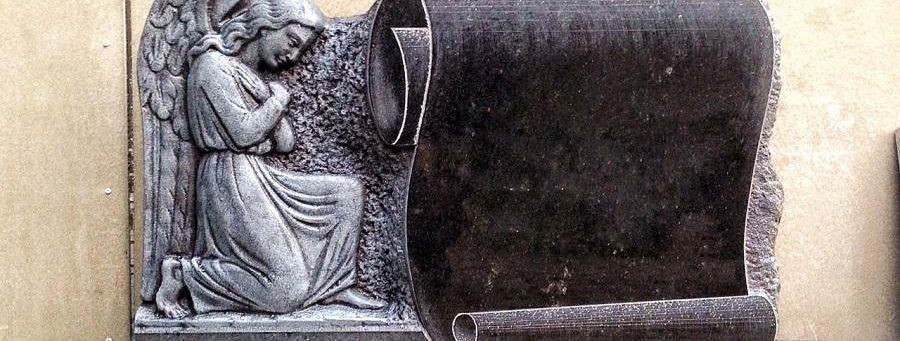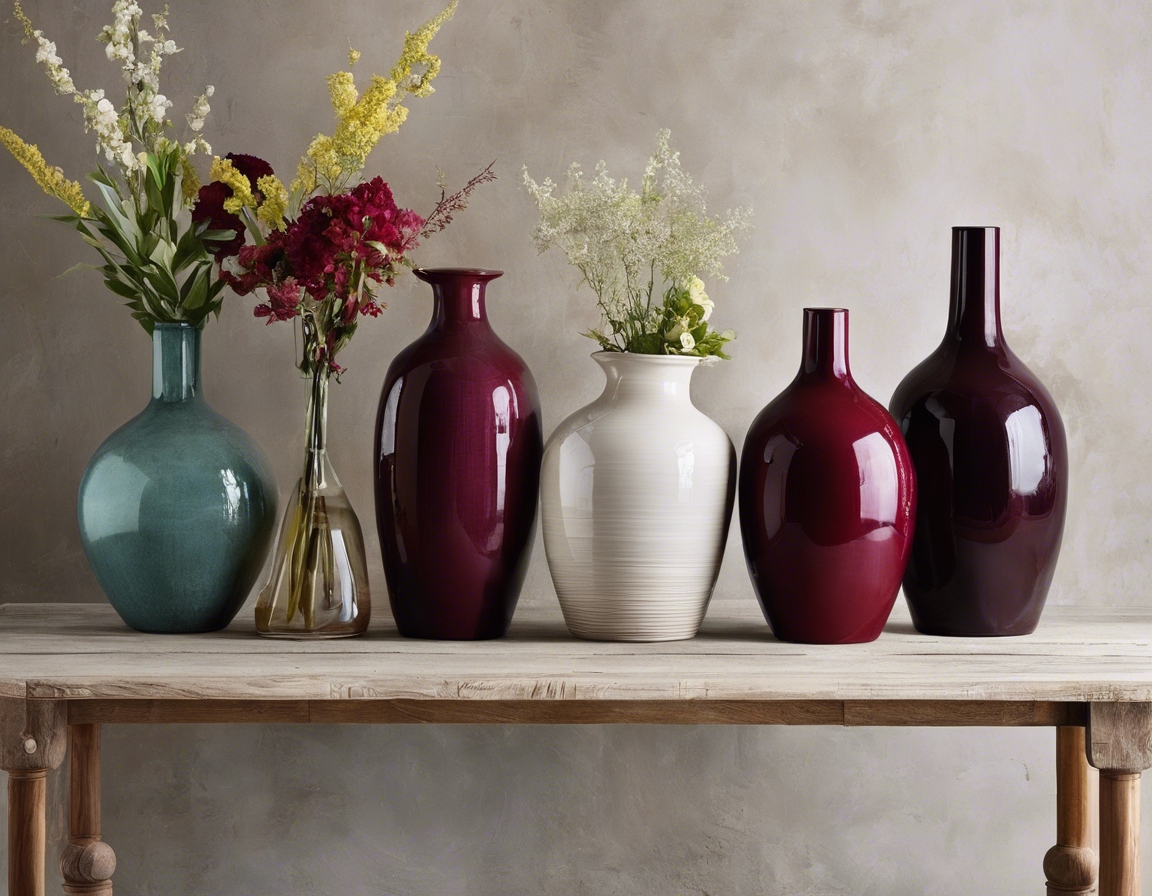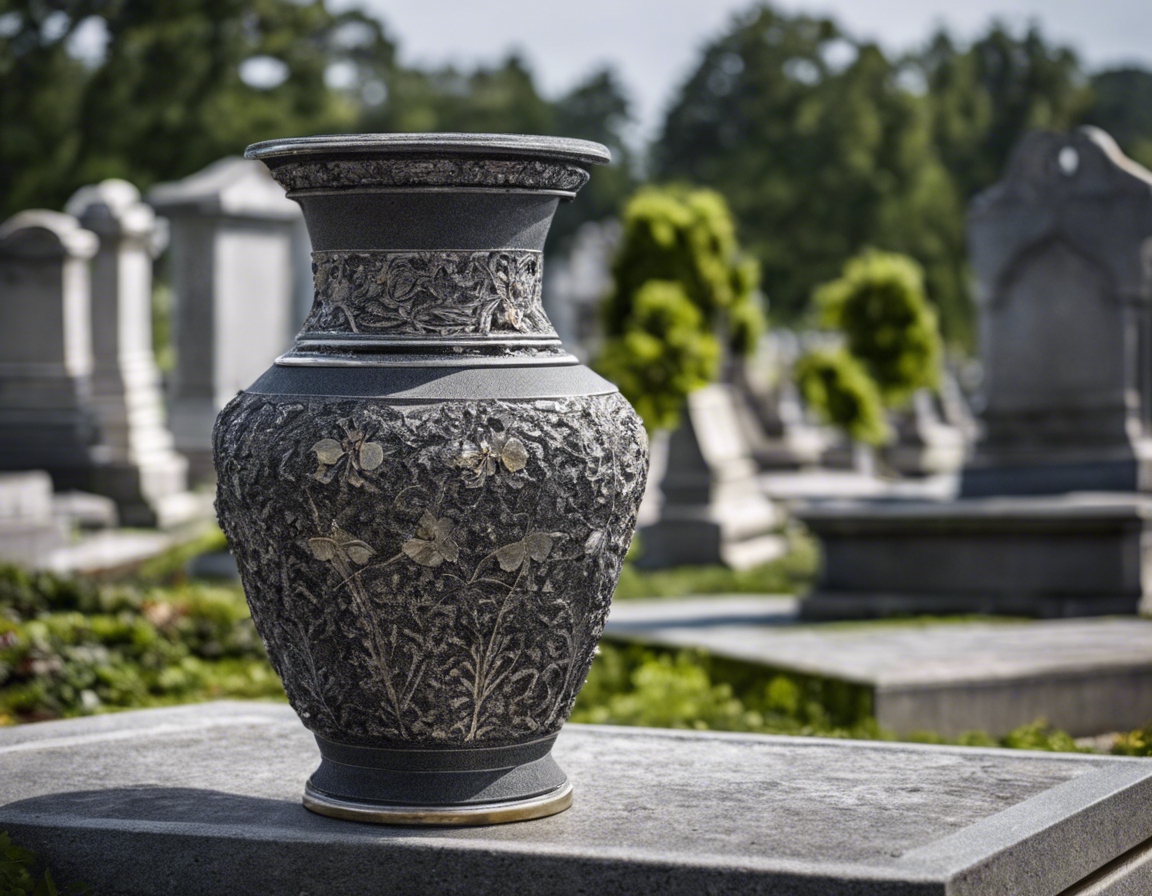Granite vs. metal: choosing the right material for your loved one's grave
Choosing the right material for a loved one's grave marker is a decision that holds significant emotional and historical weight. It's a tribute that will stand the test of time, marking the final resting place and honoring the memory of the departed.
Granite and metal are two of the most commonly used materials for grave markers. Each offers unique benefits and considerations, which we will explore in detail to assist you in making an informed decision.
Understanding Granite
Granite is a natural stone known for its durability and the variety of colors and patterns it offers. It's one of the hardest materials on earth, resistant to scratches and weathering.
Granite's longevity and minimal maintenance requirements make it a popular choice for grave markers. Its ability to withstand harsh weather conditions ensures that inscriptions remain legible for generations.
While granite is a robust material, it's important to consider the climate and the potential for environmental wear. Additionally, the weight of granite can impact installation and transportation costs.
Exploring Metal Options
Metals such as bronze and stainless steel are often used for their distinctive sheen and modern appearance. They can be cast or machined into intricate designs, offering a different aesthetic from granite.
Metal markers are known for their strength and the ability to capture fine details in inscriptions and images. They can also be coated to protect against the elements.
Over time, metal can corrode or tarnish, especially in areas with high humidity or acidic rain. Maintenance is required to preserve the original appearance of metal markers.
Comparative Analysis
Granite outperforms metal in terms of durability and longevity, withstanding the elements without significant deterioration. Metal, while durable, may require more upkeep to maintain its appearance over time.
Granite requires little maintenance, often needing only occasional cleaning. Metal markers, on the other hand, may need regular polishing and protective treatments to prevent corrosion.
Both granite and metal offer a range of aesthetic options. Granite provides a classic and timeless look, while metal can be shaped into unique, modern designs. Customization is possible with both materials, allowing for personalized tributes to the deceased.
The cost of granite and metal grave markers can vary widely based on size, design complexity, and market fluctuations in material prices. Generally, granite tends to be more cost-effective over time due to its low maintenance.
Granite is an abundant natural resource with minimal processing, making it an environmentally friendly option. Metal production involves more energy and can have a greater environmental footprint.
Personalization and Craftsmanship
Granite allows for deep, precise engraving that can include intricate designs, symbols, and lettering. The stone's natural variations add to the uniqueness of each marker.
Metal markers can be cast with personalized motifs and epitaphs. The flexibility of metal also allows for the addition of elements such as vases or photo plaques.
Final Thoughts on Material Selection
Ultimately, the choice between granite and metal for a grave marker comes down to personal preference, budget, and the desired longevity and maintenance level. Both materials have their merits, and the decision should reflect the values and wishes of the loved one being commemorated.






Comments (0)